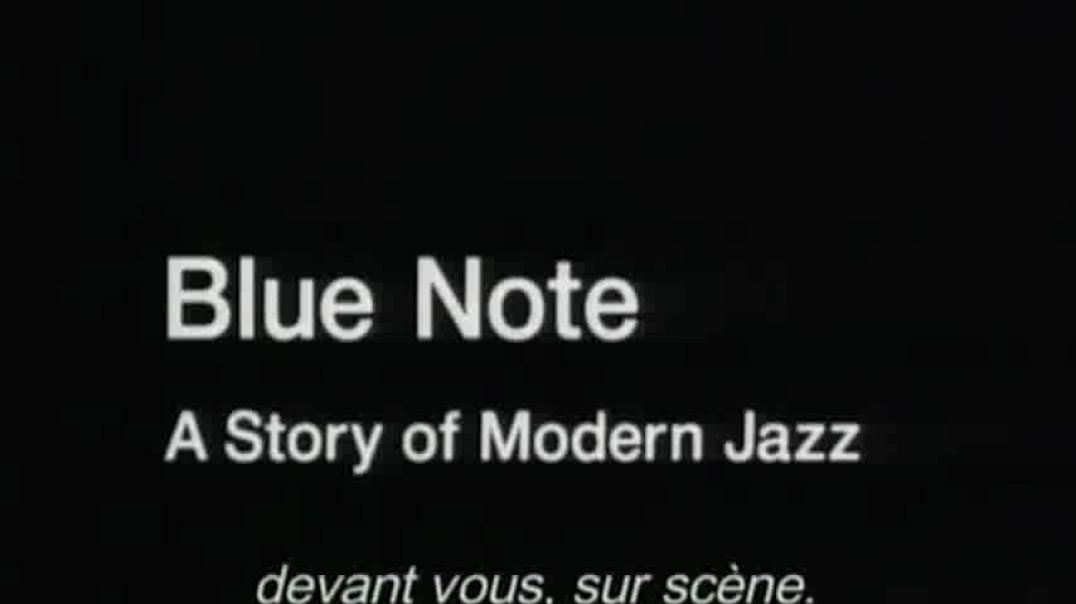Top videos
Capt. Traore Shocking Africa Leaders, He refused to be a beggar.
Interview of Mama Marimba Ani by Listervelt Middleton on For the People about her book, Let the Circle Be Unbroken.
Burkina Faso TRAORE Shocks the World, cancelled imports of Wheats, Reduce Salaries by 20%
We discuss the recent statements/allegations related to an ambush attempt to link with pseudo jewtube scholars.
Creative idea to use free gas from garbage#biogas_plant #gas_free #fabricated_5_minutes #m4_tech #biogas Materials required:1➡️Ball Valvehttps://amzn.to/2HAXXlT2➡️Brass Tee Barbhttps://amzn.to/34sgfhLhttps:/..../amzn.to/35EO3aK3➡️B Hose Fitting https://amzn.to/3jpDrS84➡️Gas pipehttps://amzn.to/35Bzc0P5➡️Gas stovehttps://amzn.to/2HzS7AP6➡️Hose Clamphttps://amzn.to/2HGdP6s7➡️PVC Pipe 6''8➡️Water Tank/ Pvc Oil Drum9➡️Gas Container10➡️Etc➡️Facebook Page: https://www.facebook.com/MH4TECH123➡️For business inquiries: mohibulhasan031@gmail.com Music by:Soaring by Ghostrifter Official https://soundcloud.com/ghostrifter-of... Creative Commons — Attribution-ShareAlike 3.0 Unported — CC BY-SA 3.0Free Download / Stream: https://bit.ly/al-soaringMusic promoted by Audio Library https://youtu.be/fCqo2k2wG2UReady for Summer by Roa https://soundcloud.com/roa_music1031 Creative Commons — Attribution 3.0 Unported — CC BY 3.0Free Download / Stream: https://bit.ly/al-ready-for-summerMusic promoted by Audio Library https://youtu.be/yiR-hhoV9TU
Professor James Small is a scholar activist, dynamic speaker, and organizational consultant. In pt. 3 of this reasoning, Prof. James Small explains why the depression rate in Africa is less than the depression rate in America. Please click link below to learn more about Prof. James Small and his work: https://www.professorjamessmall.com/➡️ Tune into 'I NEVER KNEW 📻'🇲🇱Roots, Rock, Reggae Music🇲🇱Hosted By : Jr of 'I Never Knew Tv'https://www.WLOY.orgSunday 9 -11 AM ESTWednesday 8- 10 AM ESTThursday 10- Noon AM EST#epigenetic #ineverknewtv
"Blue Note: A Story of Modern Jazz," directed by Julian Benedikt and released in 1997, chronicles the influential history of Blue Note Records. The documentary highlights the contributions of founders Alfred Lion and Francis Wolff, two German-Jewish immigrants who started the label in 1939 in New York. Despite language barriers and limited resources, they recorded numerous jazz legends such as Miles Davis, John Coltrane, Herbie Hancock, and Thelonious Monk.
The film combines concert footage, rare archival materials, and interviews with musicians and industry figures, painting a vivid picture of Blue Note's role in shaping modern jazz. It emphasizes the label's commitment to artistic excellence and its cultural impact, earning critical acclaim and several awards, including a Grammy nomination for Best Long Form Music Video in 1997 [[❞]](https://www.medici.tv/en/jazz/....blue-note-story-mode [[❞]](https://mubi.com/en/us/films/b....lue-note-a-story-of- [[❞]](https://www.euroarts.com/tv-li....cense/0567-blue-note
🔍 Dive into a thought-provoking analysis by Dr. Amos Wilson on how white society perpetuates violence within the African community. With insightful commentary and meticulous research, Dr. Wilson explores the systemic roots of violence and its impact on African societies. Gain a deeper understanding of the social dynamics at play and the pathways to creating positive change.
🚫 Copyright Disclaimer: This video is shared for educational purposes only. We do not claim ownership of the content. If there are any concerns about the presence of this video on our channel, please contact us via email for prompt resolution or removal.
Robin Walker Interview Part 3
$obenfoobadele on cashapp. Hit me up if you like my content










